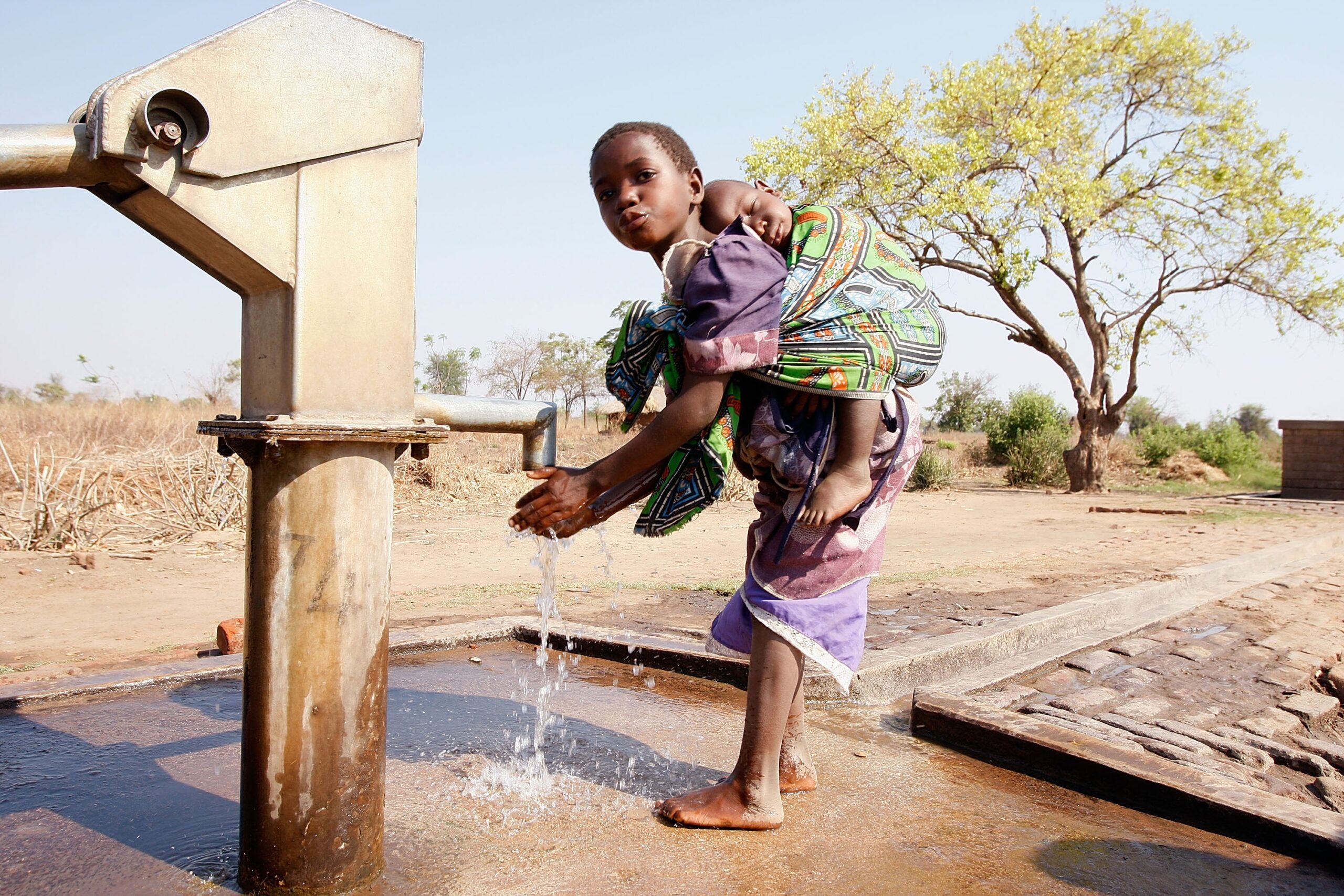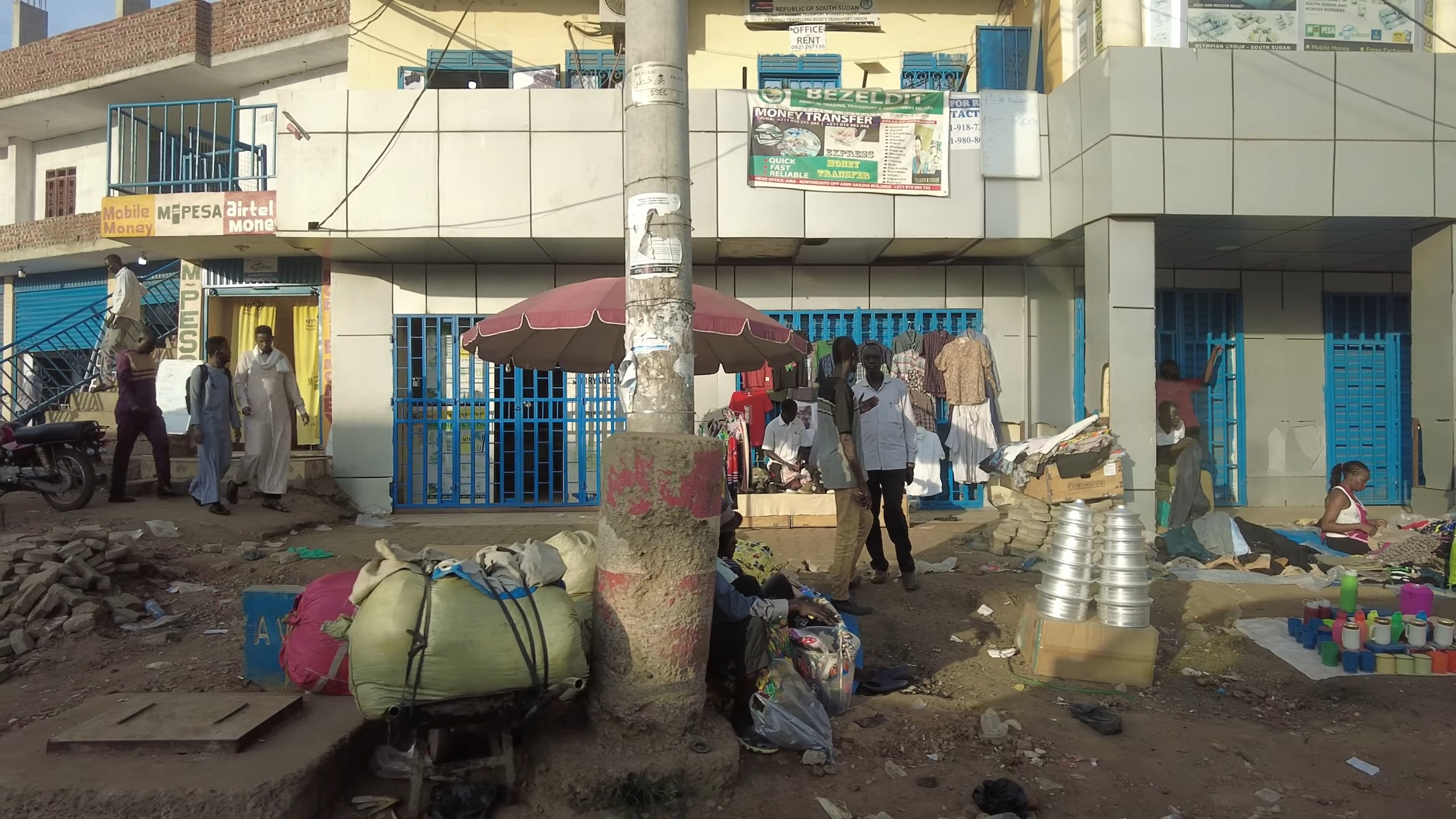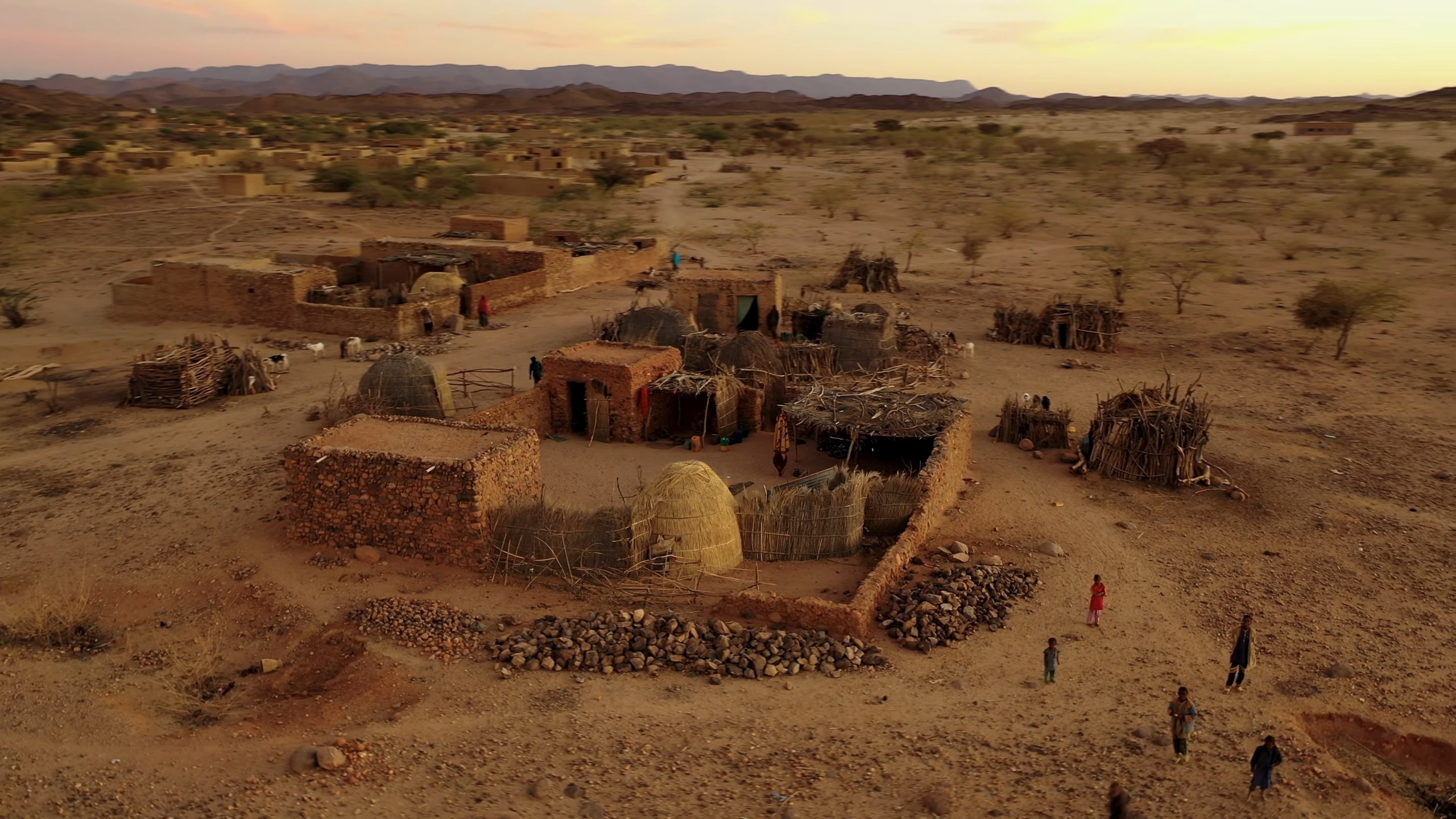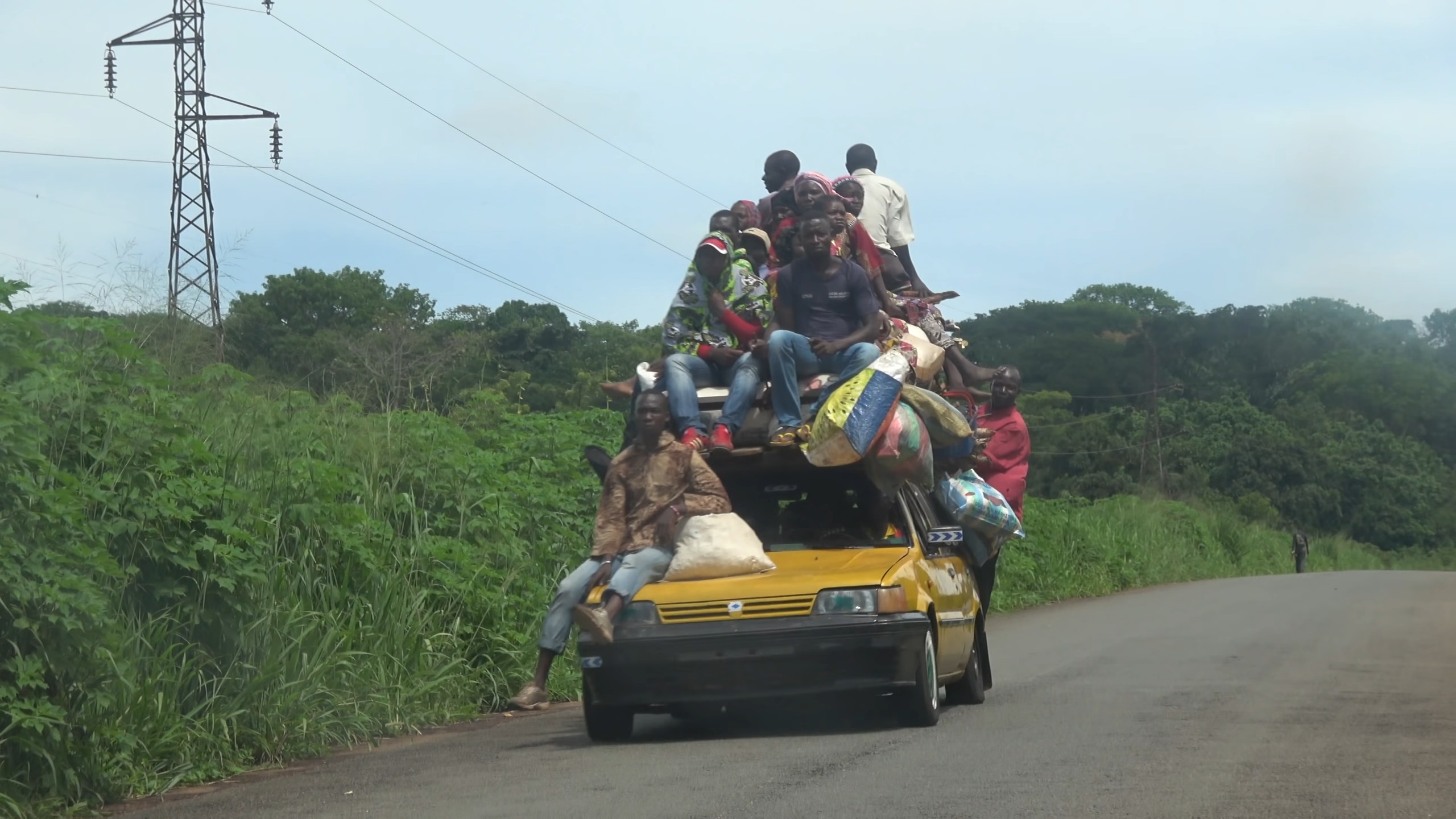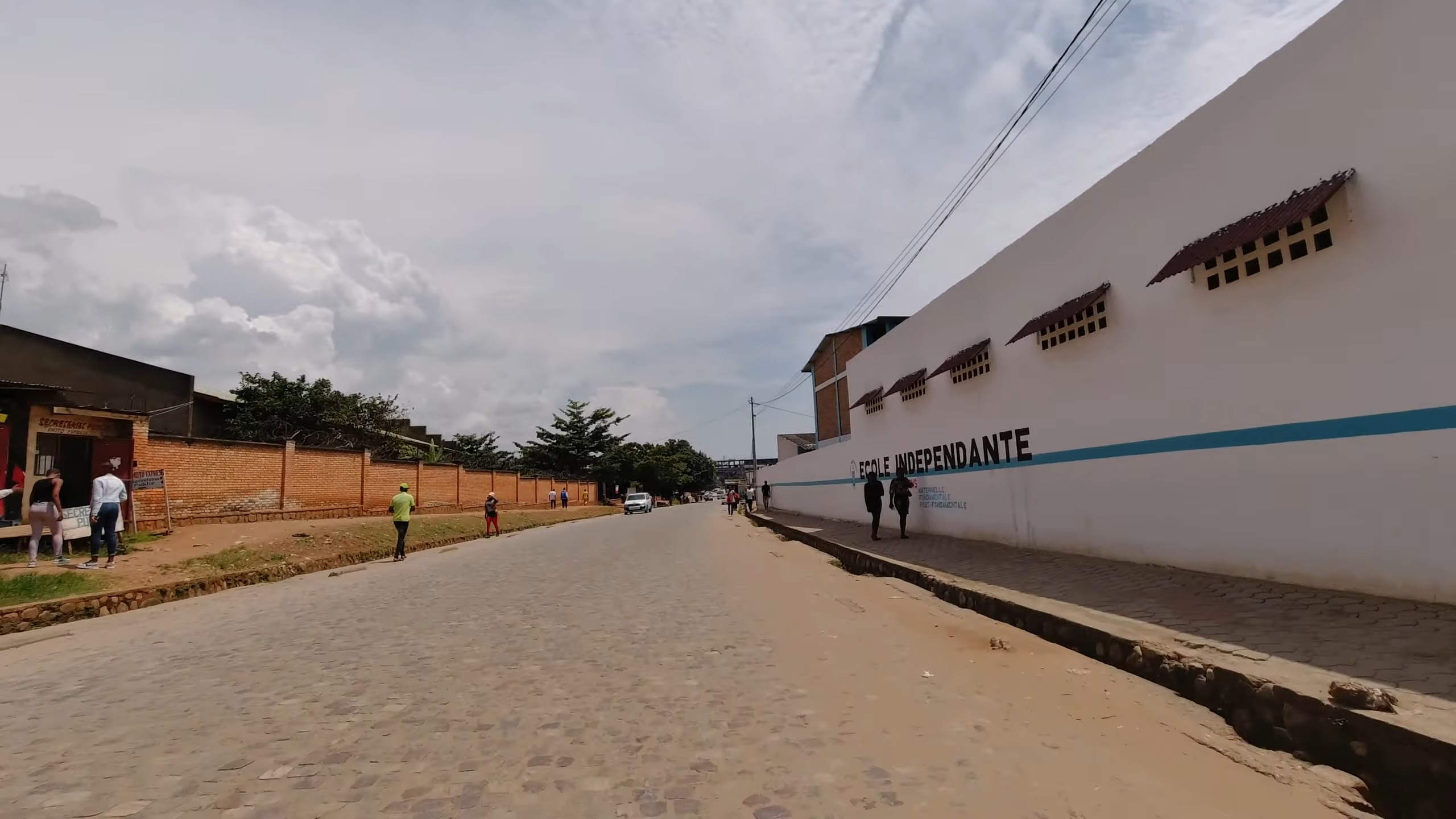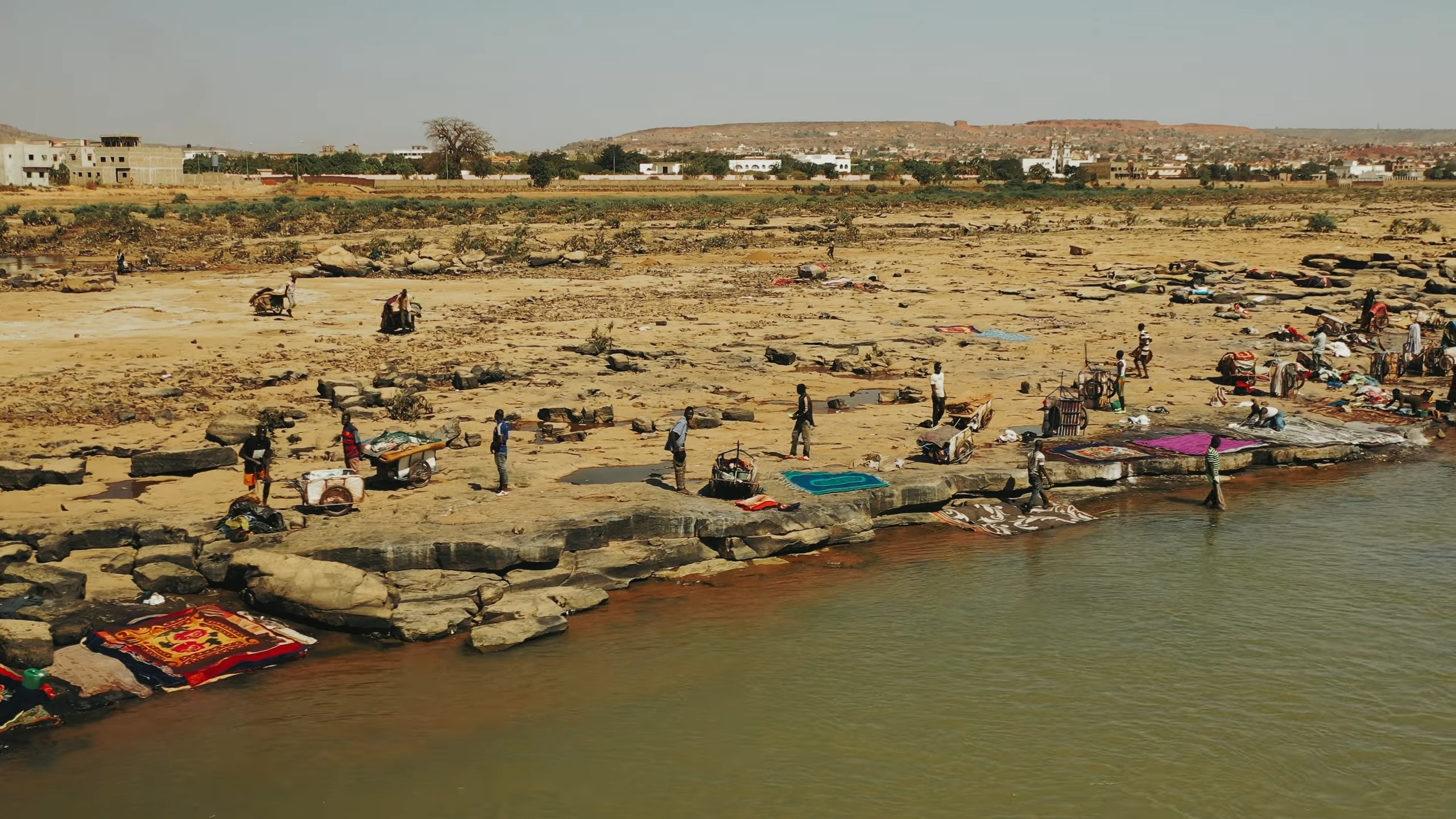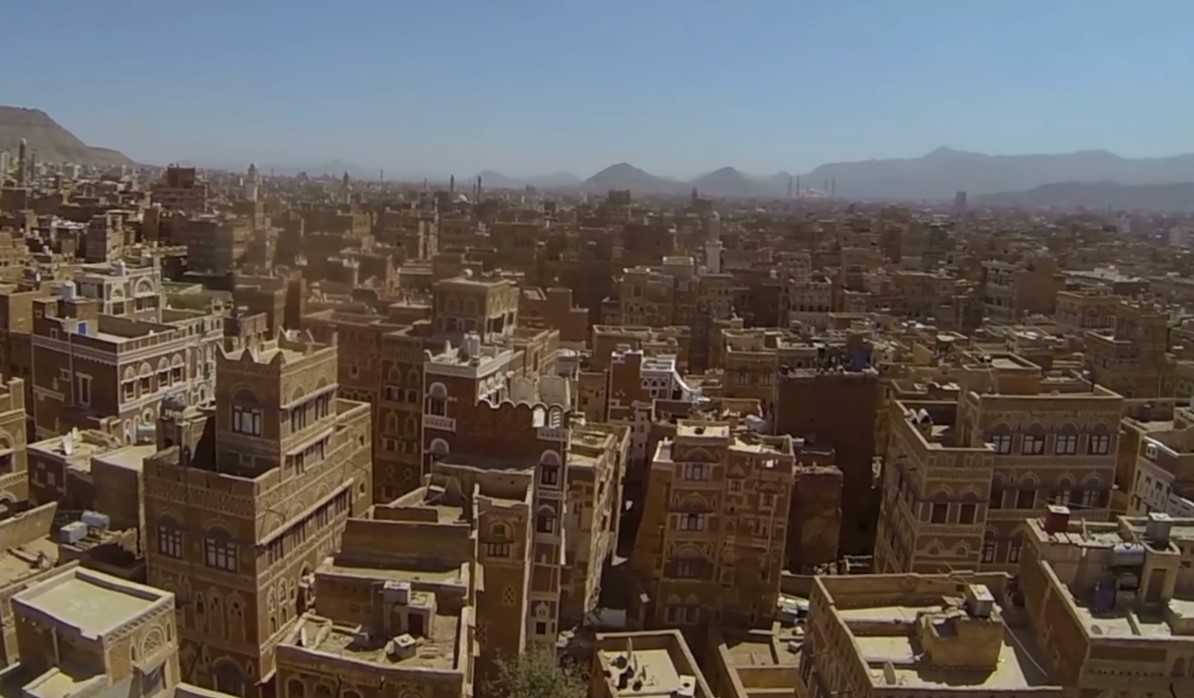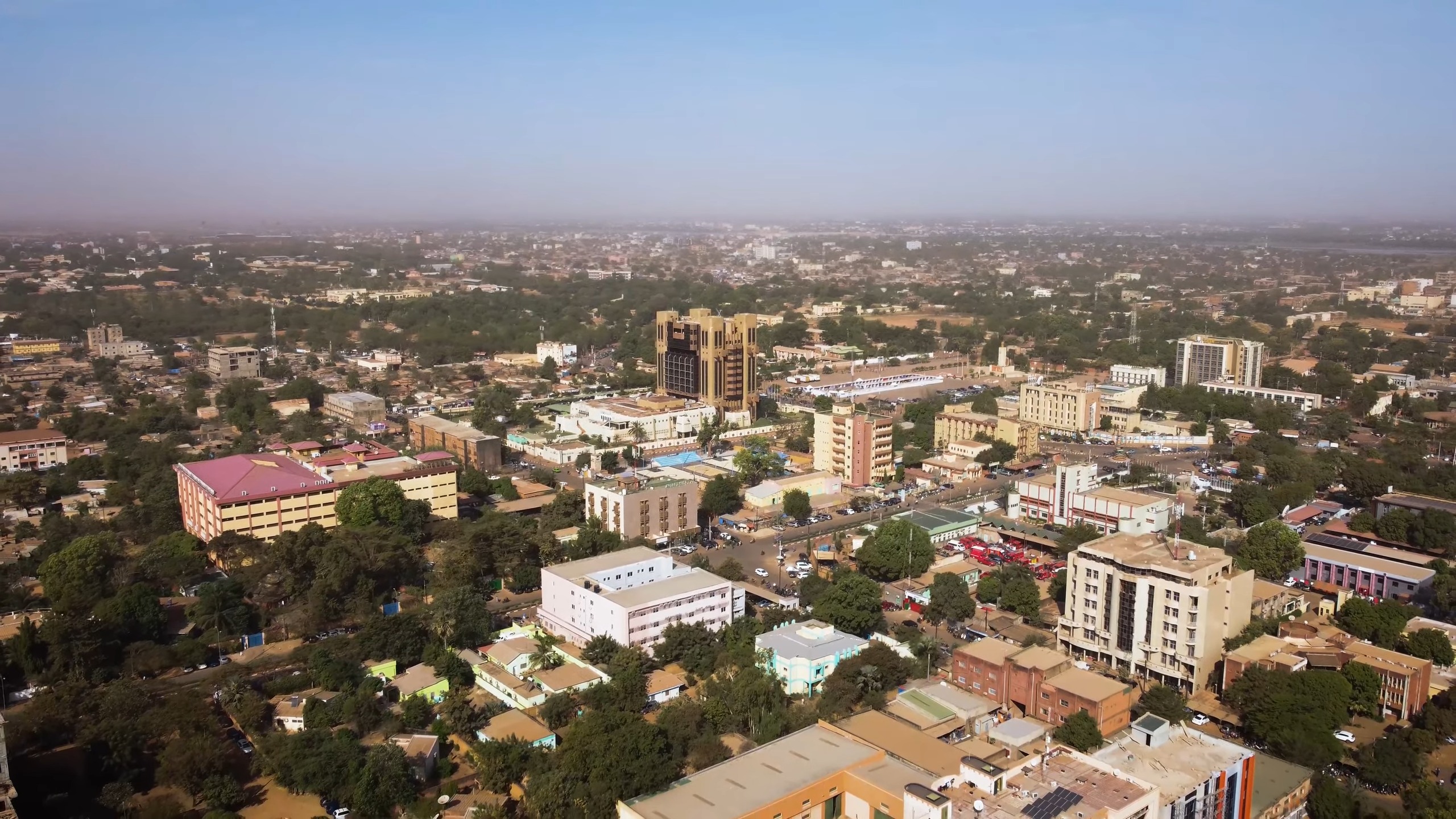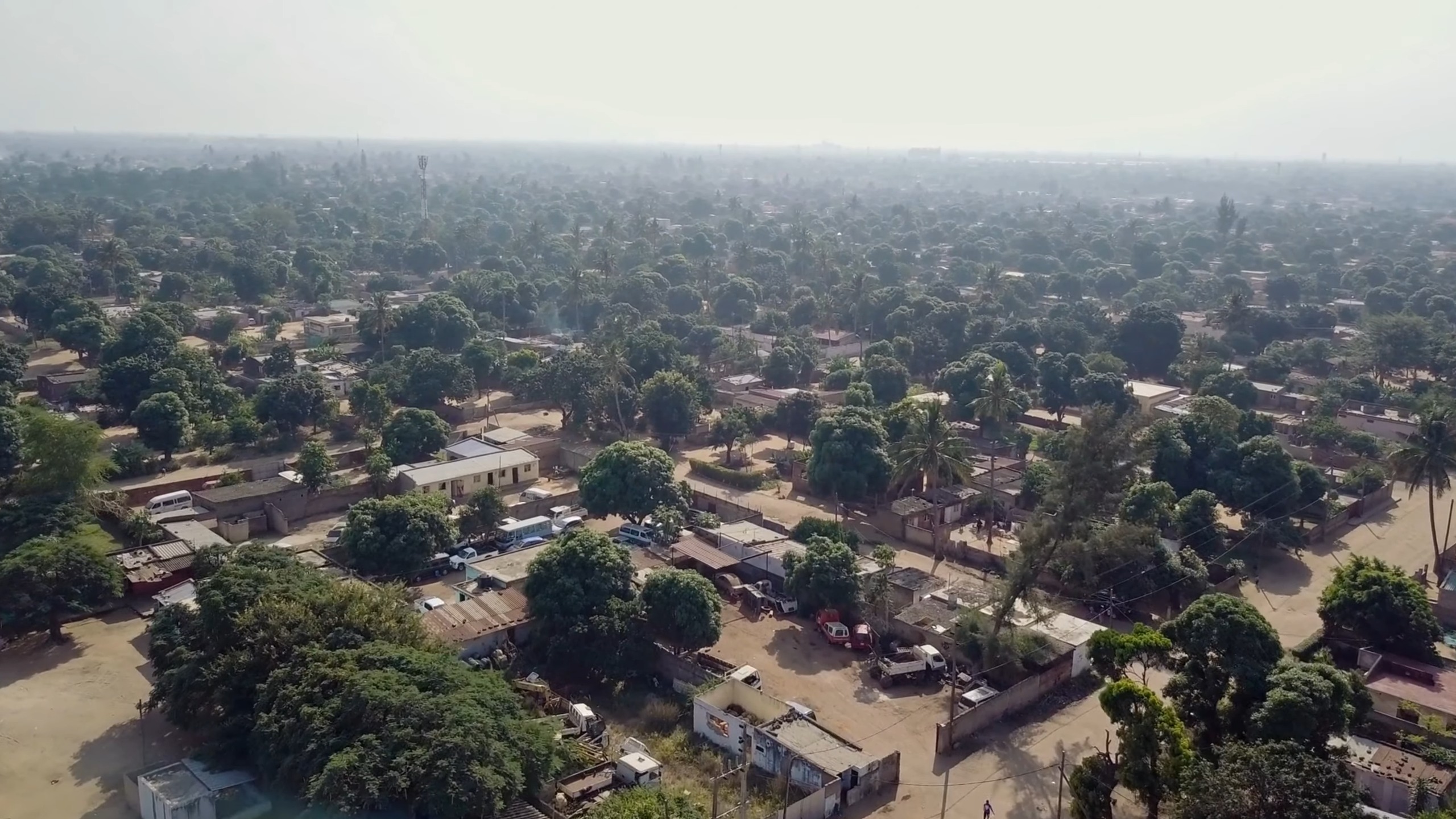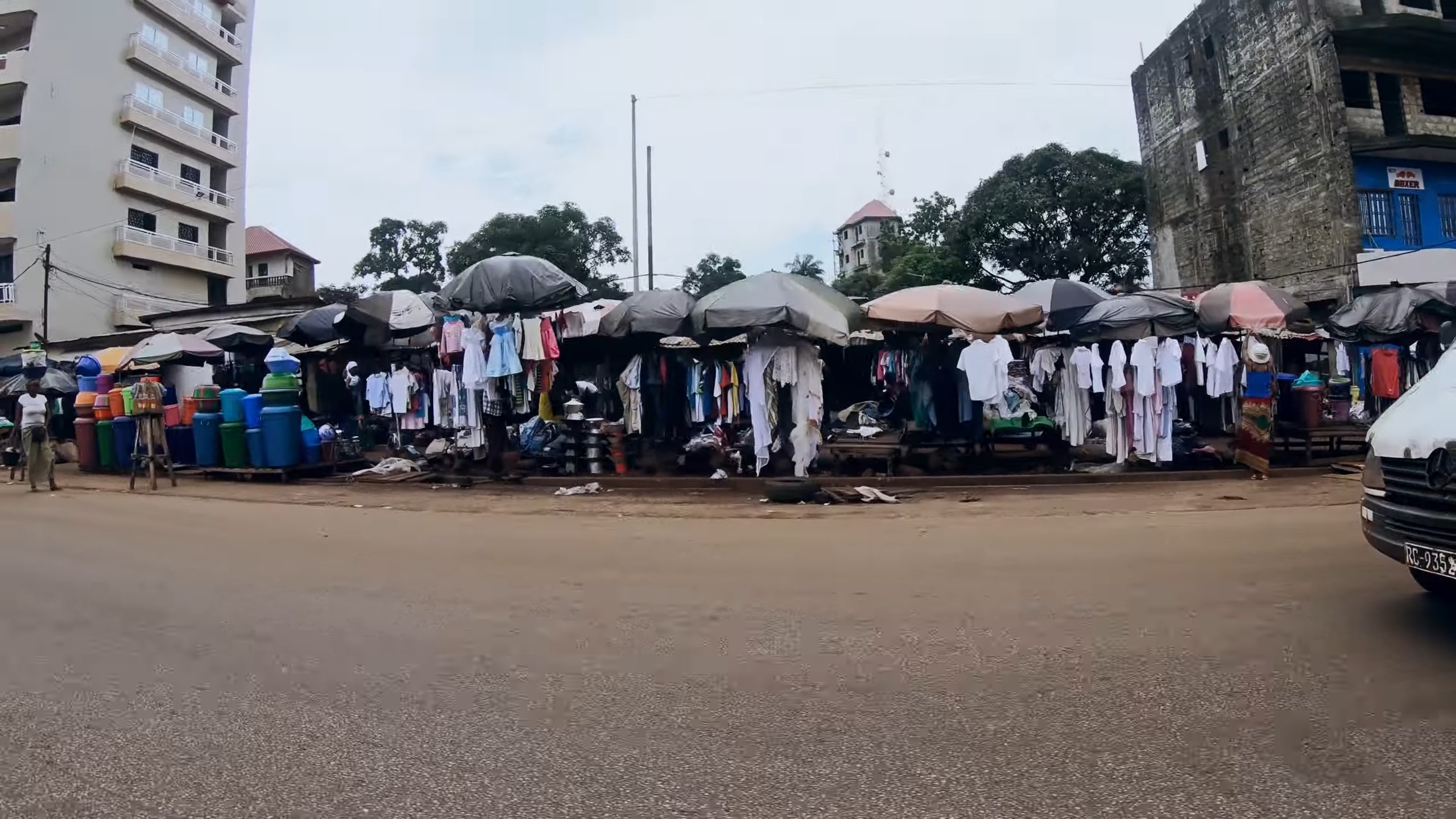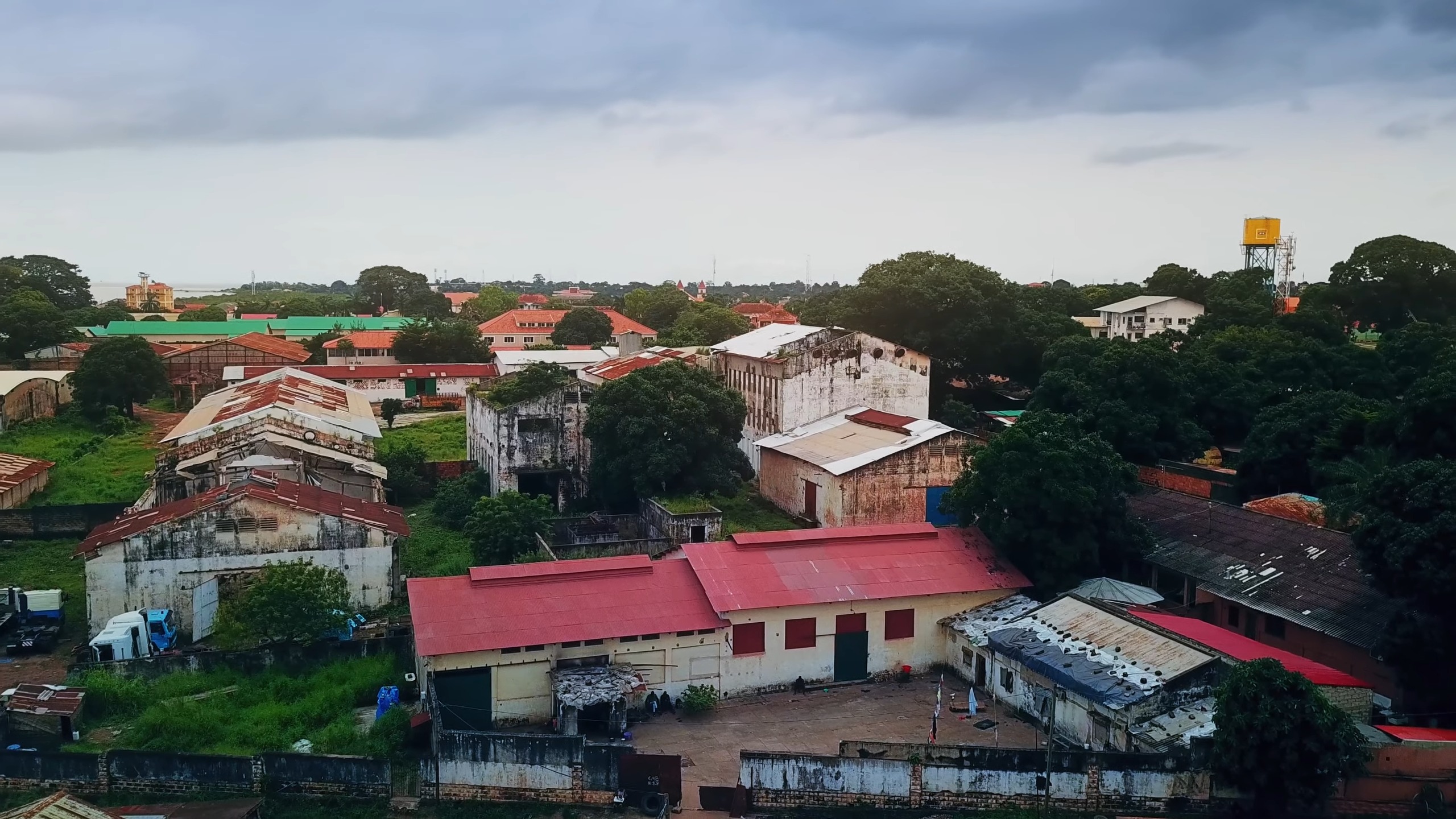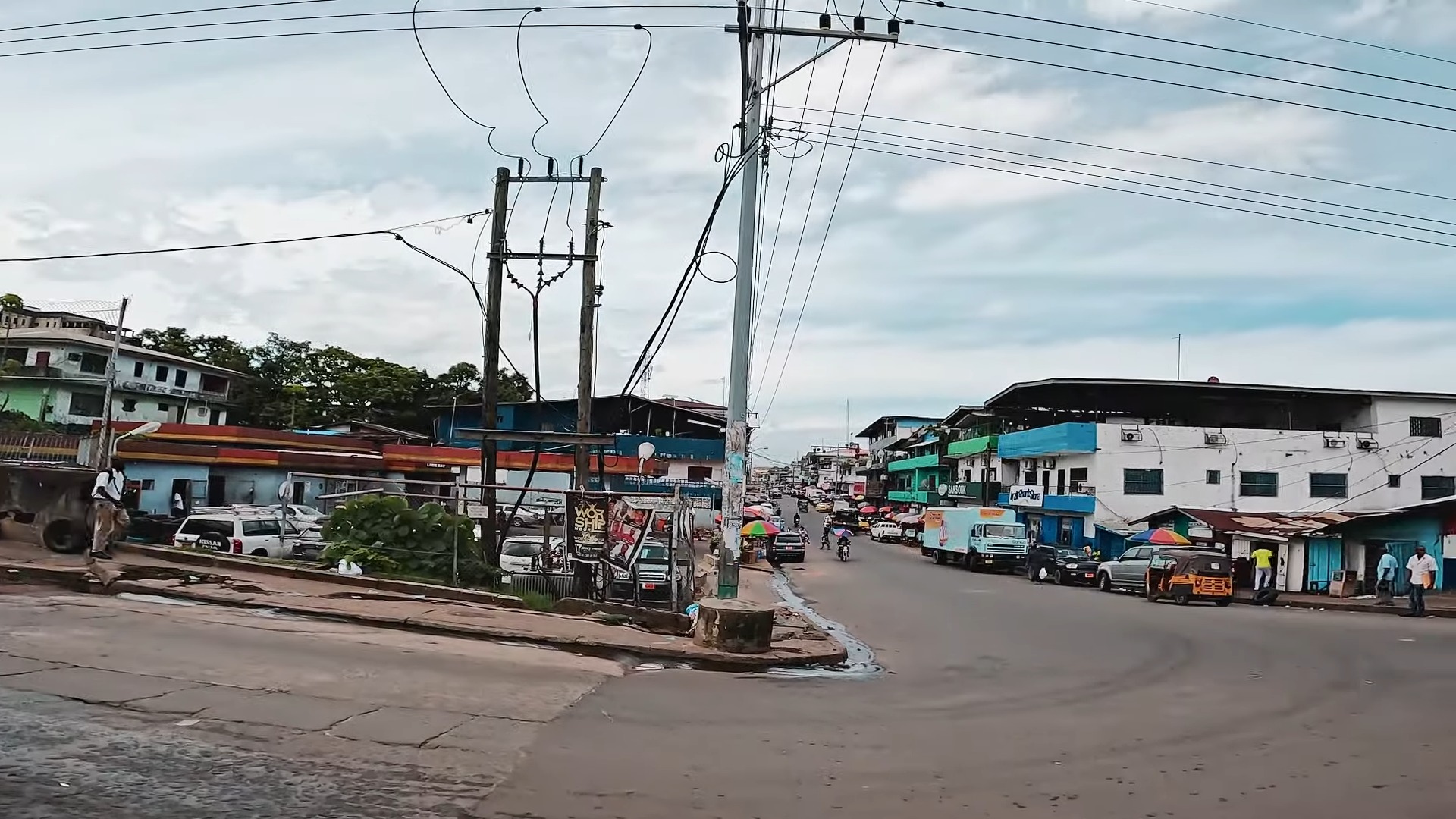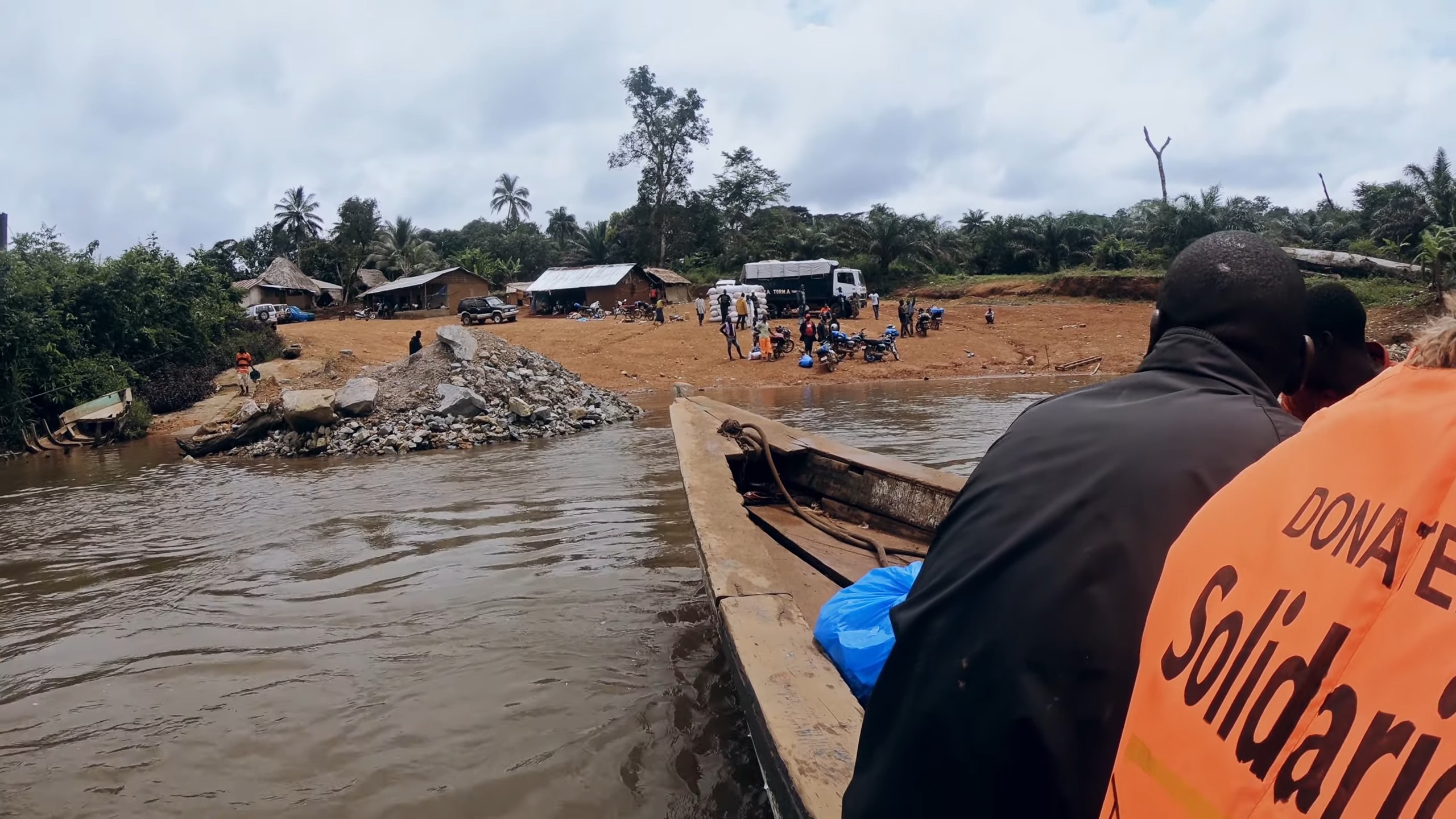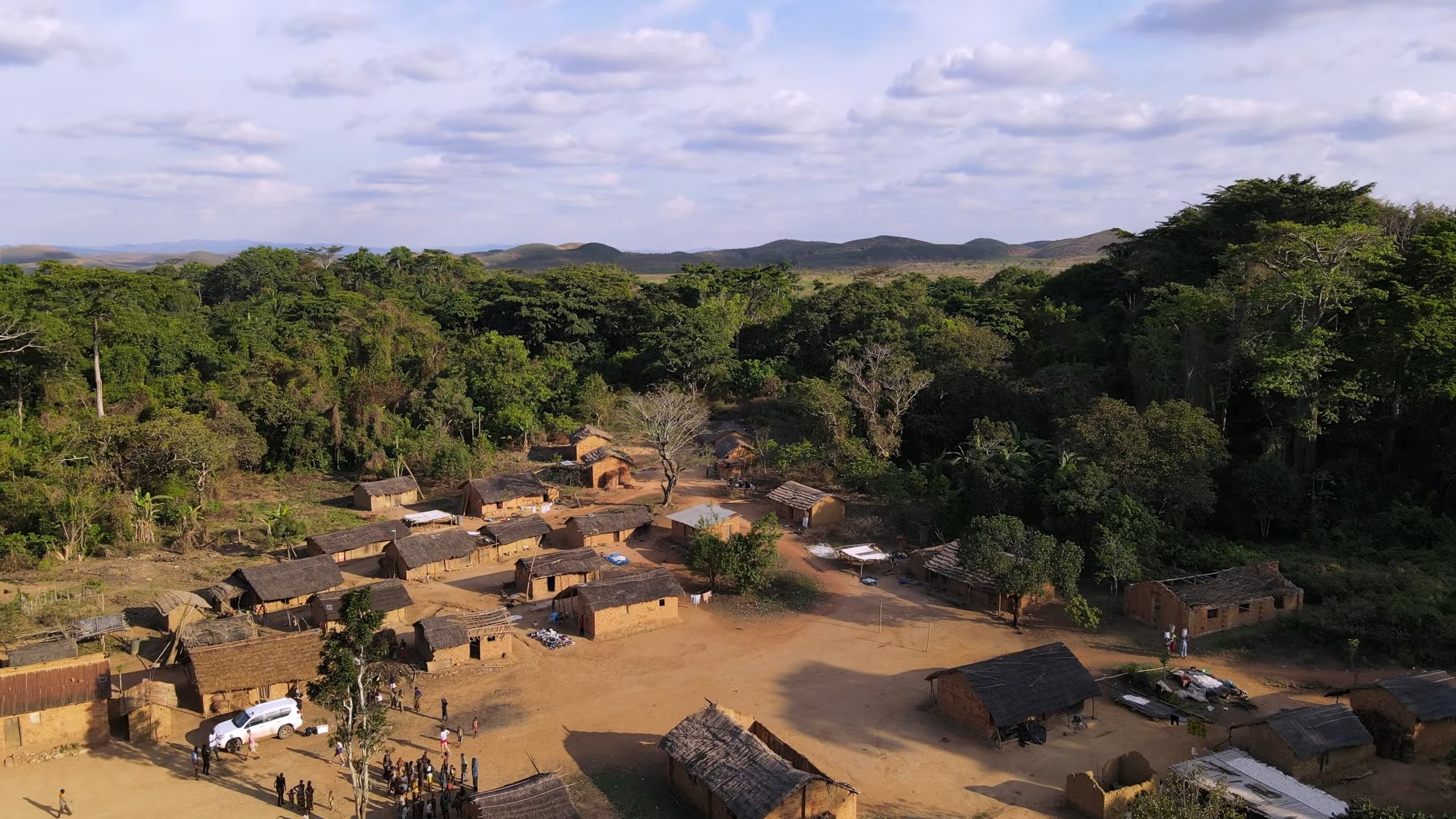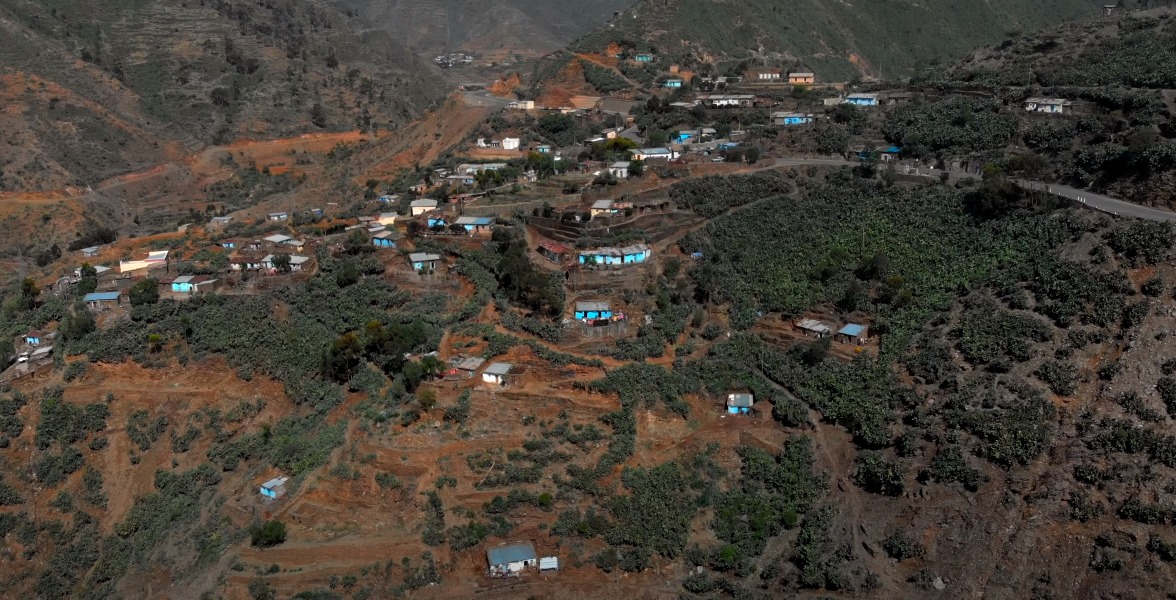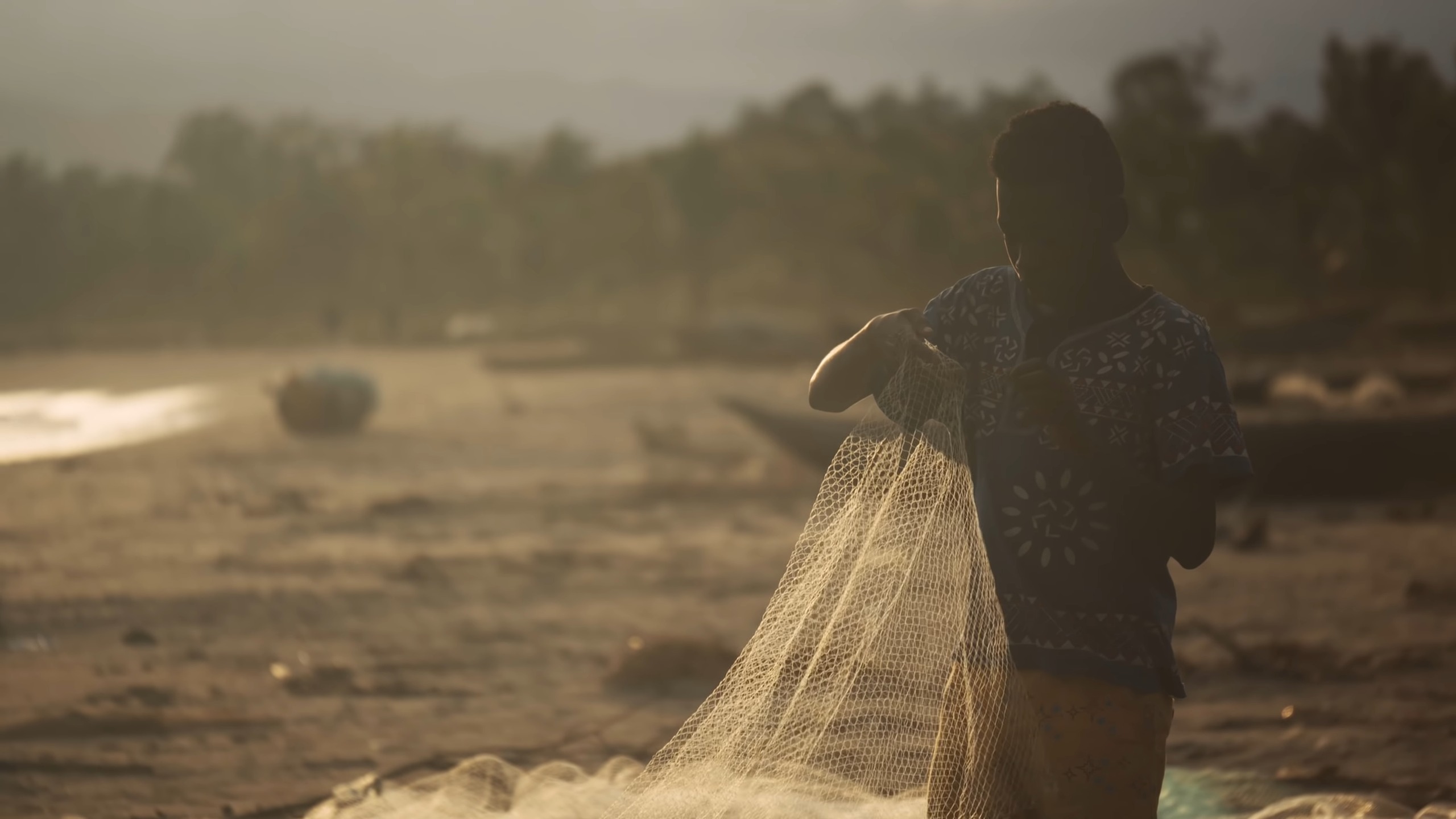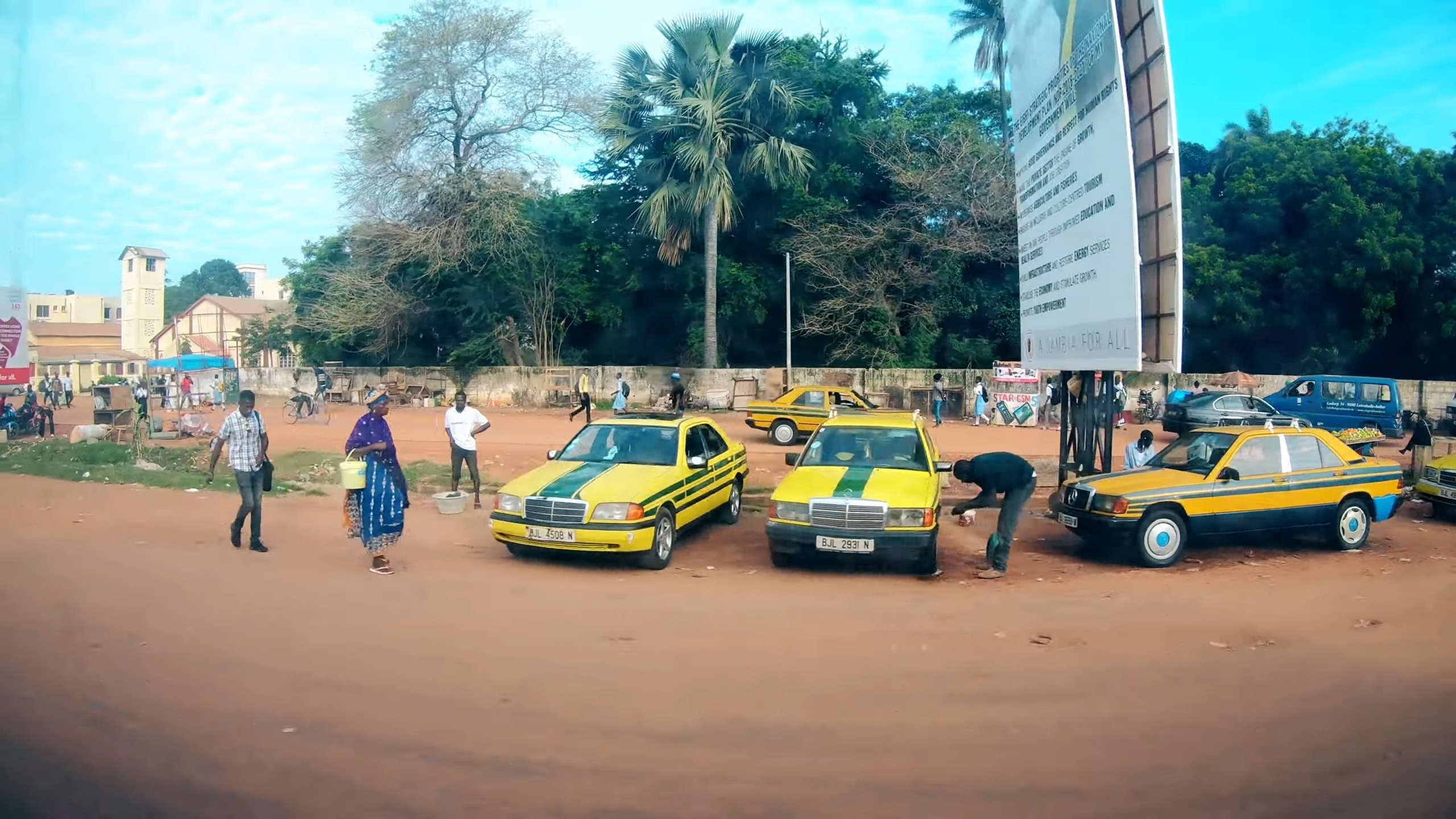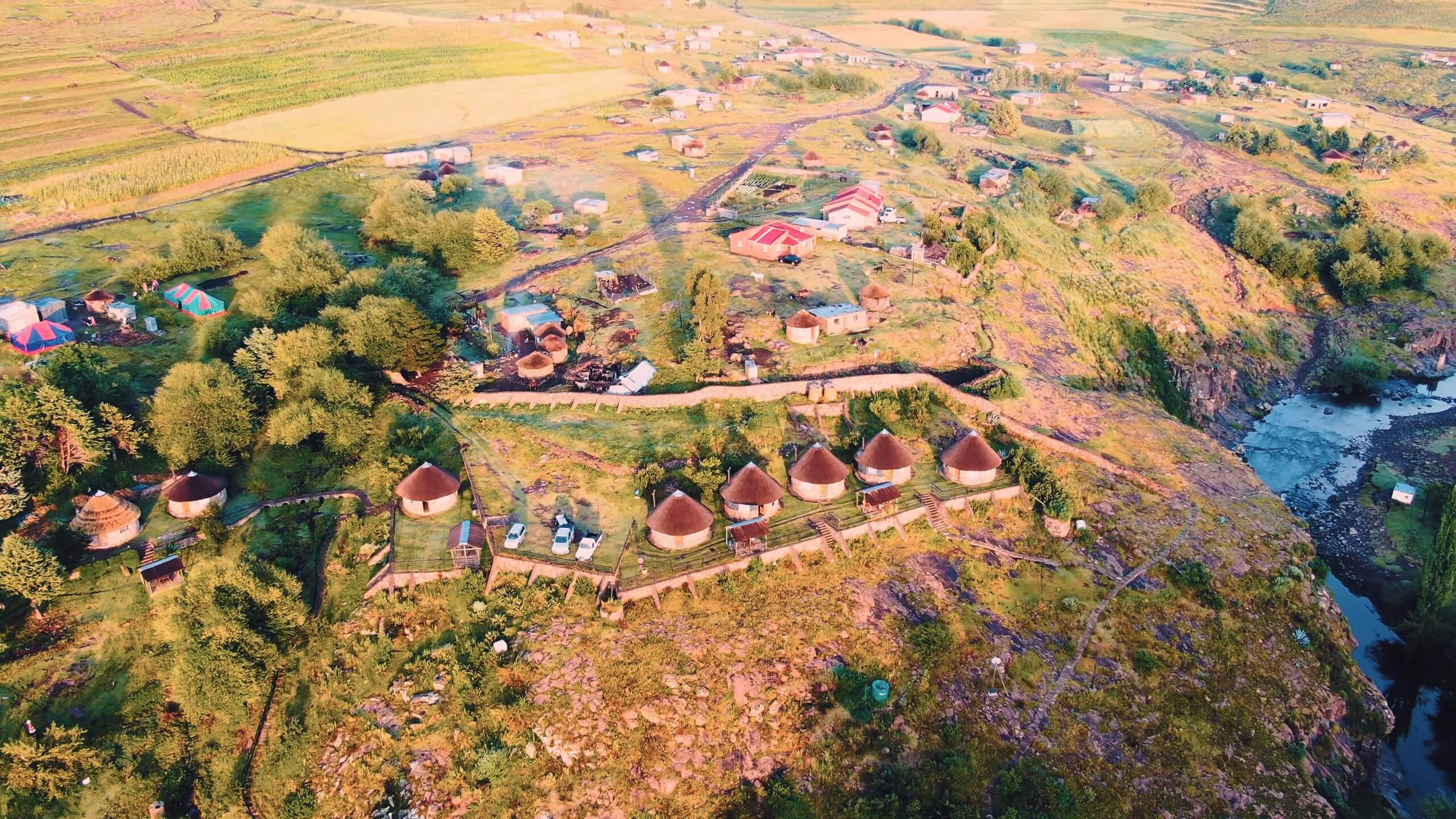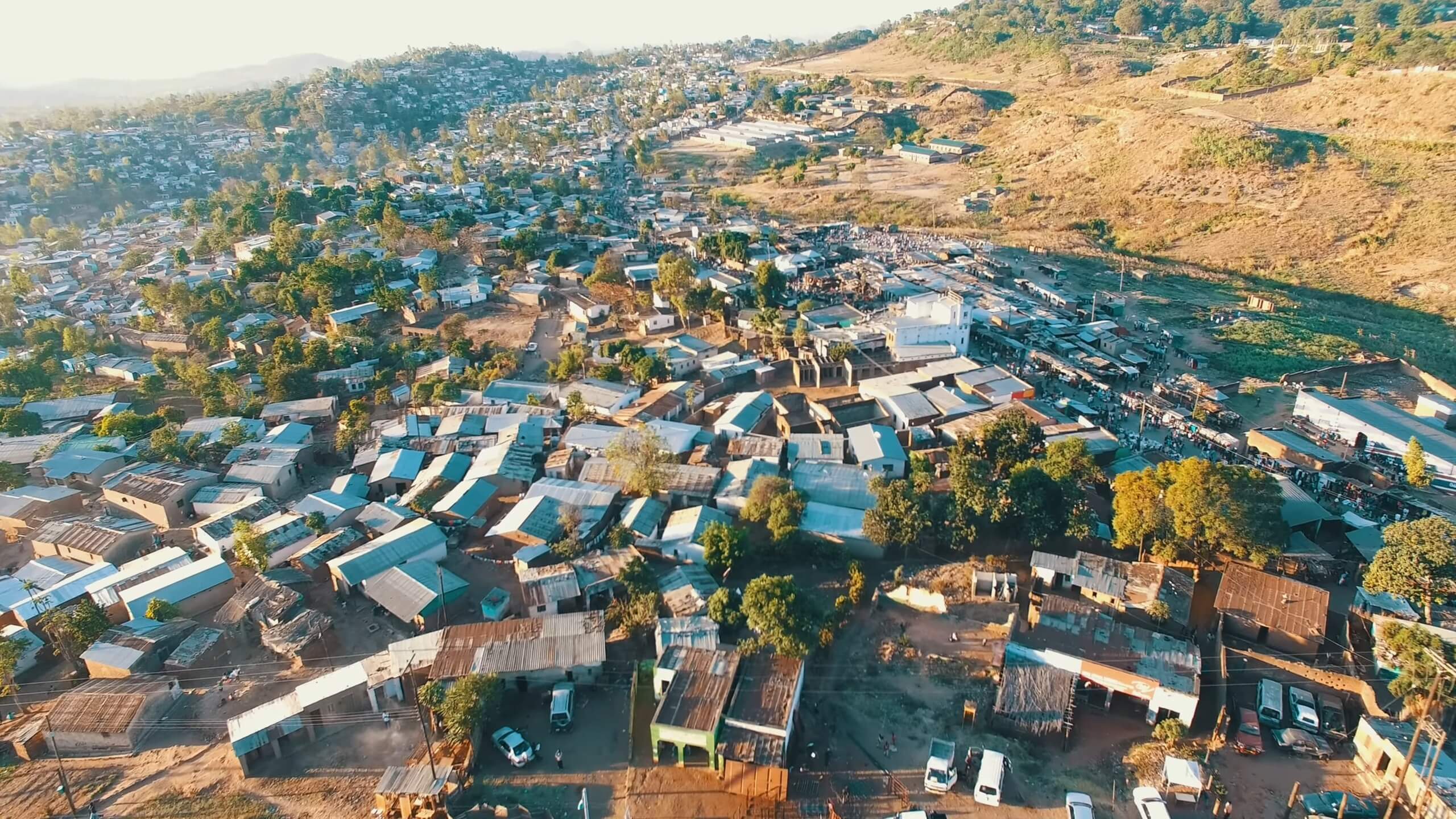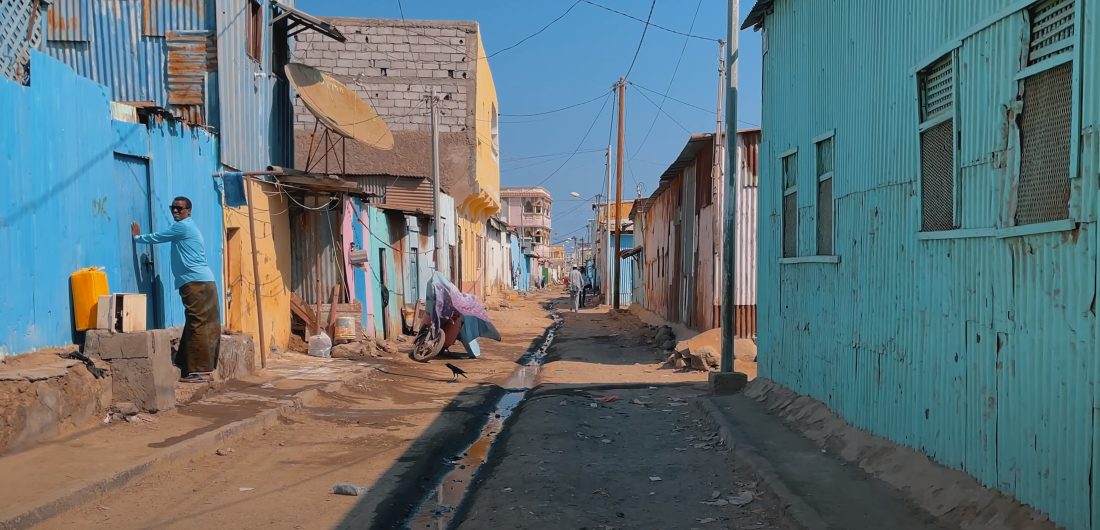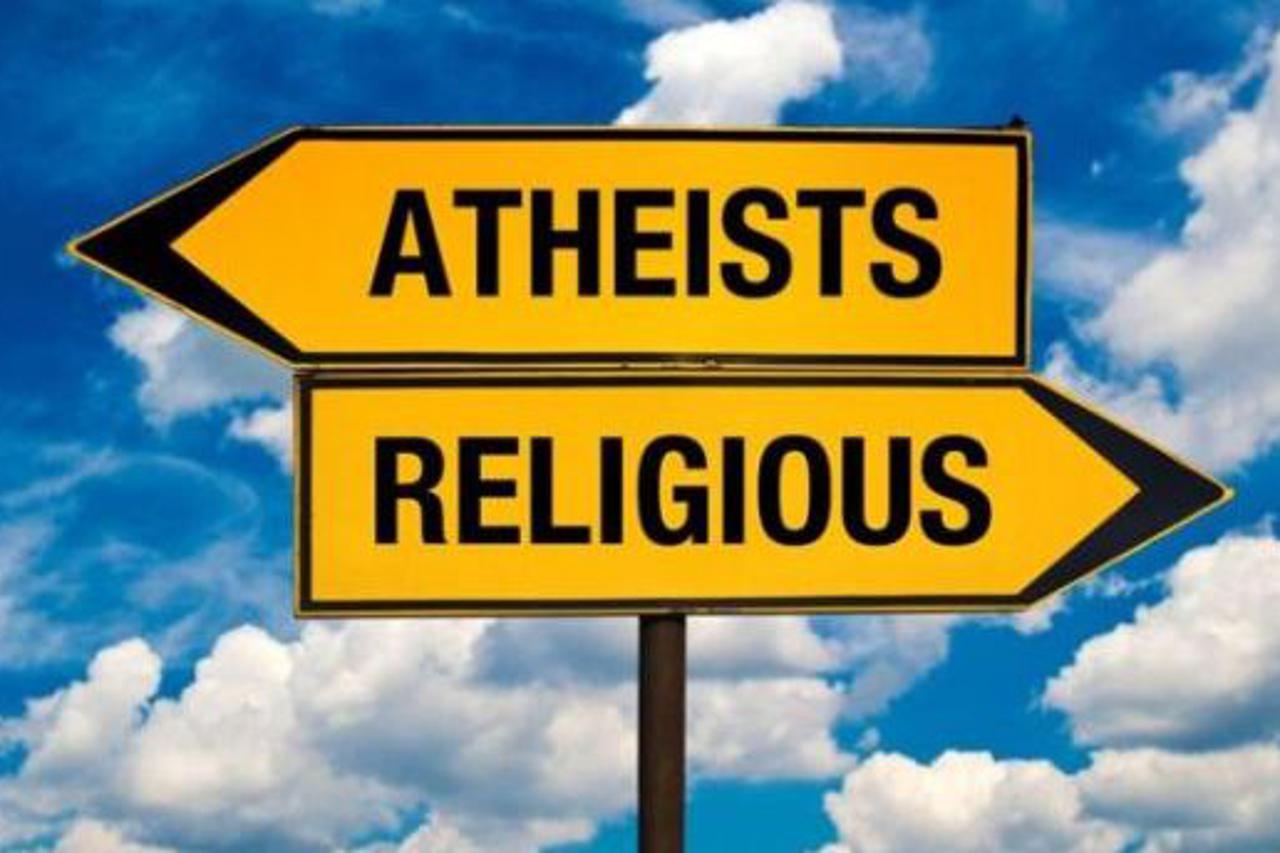The term “Third World Countries” has been a topic of discussion for decades, evolving in meaning and context over time. Today, in 2024, it’s essential to understand the term’s historical significance, its modern implications, and the challenges and opportunities these countries face. As a researcher I aim to provide a comprehensive overview, backed by reputable sources, to shed light on the current state of Third World Countries.
Historical Context of the Term “Third World”
The term “Third World” has its roots in the Cold War era, a time of significant political tension and division. Understanding its origin provides clarity on its evolution and the shift in its meaning over time.
Origins of the Term
According to the World Population Review, the term “Third World” was originally coined by French historian Alfred Sauvy in 1952. It was part of the “three worlds” label system used to describe a country’s political alliances:
- First World: Largely democratic NATO countries such as the United States, Japan, and much of Western Europe.
- Second World: Communist Bloc countries, including the Soviet Union, China, and their allies.
- Third World: Countries that remained neutral and allied with neither side.
Evolution of the Term
As I have read on study of JSTOR, over time, the meaning of “Third World” underwent a transformation. With the fall of the Soviet Union and the end of the Cold War in the early 1990s, the term lost its political root. Instead, it began to refer to economically poor and non-industrialized countries, as well as newly industrialized ones. This modern definition encompasses countries with high poverty rates, economic instability, and a lack of essential human resources compared to the rest of the world.
List Of Third World Countries
| Country | Third World Country | Human Development Index (HDI) |
|---|---|---|
| South Sudan | Yes | 0.39 (Low Human Development) |
| Niger | Yes | 0.4 (Low Human Development) |
| Central African Republic | Yes | 0.4 (Low Human Development) |
| Burundi | Yes | 0.43 (Low Human Development) |
| Mali | Yes | 0.43 (Low Human Development) |
| Yemen | Yes | 0.46 (Low Human Development) |
| Burkina Faso | Yes | 0.45 (Low Human Development) |
| Mozambique | Yes | 0.45 (Low Human Development) |
| Guinea | Yes | 0.47 (Low Human Development) |
| Guinea-Bissau | Yes | 0.48 (Low Human Development) |
| Liberia | Yes | 0.48 (Low Human Development) |
| Sierra Leone | Yes | 0.48 (Low Human Development) |
| Democratic Republic of the Congo | Yes | 0.48 (Low Human Development) |
| Eritrea | Yes | 0.49 (Low Human Development) |
| Ethiopia | Yes | 0.5 (Low Human Development) |
| Madagascar | Yes | 0.5 (Low Human Development) |
| The Gambia | Yes | 0.5 (Low Human Development) |
| Lesotho | Yes | 0.51 (Low Human Development) |
| Malawi | Yes | 0.51 (Low Human Development) |
| Djibouti | Yes | 0.51 (Low Human Development) |
1. South Sudan
- Third World Country: Yes
- Human Development Index: 0.39
- HDI Tier: Low Human Development
South Sudan, the world’s youngest nation, has been embroiled in conflict since its inception. The country’s low HDI is indicative of its challenges in establishing stable governance, infrastructure, and social services.
2. Niger
- Third World Country: Yes
- Human Development Index: 0.4
- HDI Tier: Low Human Development
According to USAID Niger, despite its rich cultural heritage, grapples with desertification, food insecurity, and high mortality rates. Its low HDI underscores the nation’s struggles with basic human needs and services.
3. Central African Republic
- Third World Country: Yes
- Human Development Index: 0.4
- HDI Tier: Low Human Development
As per report from Global Focus The Central African Republic, abundant in natural resources, faces political unrest and violence. The nation’s low HDI highlights the disparity between its resource wealth and the well-being of its citizens.
4. Burundi
- Third World Country: Yes
- Human Development Index: 0.43
- HDI Tier: Low Human Development
Burundi, recovering from a prolonged civil war, faces challenges in governance, infrastructure, and social services says the IMF. Its low HDI is a testament to the nation’s ongoing efforts to rebuild and stabilize.
5. Mali
- Third World Country: Yes
- Human Development Index: 0.43
- HDI Tier: Low Human Development
Mali, known for its rich history and culture, has been grappling with political instability and extremist insurgencies according to JSTOR. The nation’s HDI reflects its challenges in ensuring the well-being of its citizens amidst these adversities.
6. Yemen
- Third World Country: Yes
- Human Development Index: 0.46
- HDI Tier: Low Human Development
Yemen, embroiled in a devastating civil war, faces severe humanitarian crises. The nation’s low HDI underscores the dire situation of its citizens, with many lacking access to basic necessities.
7. Burkina Faso
- Third World Country: Yes
- Human Development Index: 0.45
- HDI Tier: Low Human Development
Burkina Faso, a nation with a vibrant cultural scene, struggles with political unrest and extremist activities. Its HDI reflects the challenges the nation faces in ensuring a decent quality of life for its citizens.
8. Mozambique
- Third World Country: Yes
- Human Development Index: 0.45
- HDI Tier: Low Human Development
Mozambique, despite its scenic beauty and resources, grapples with economic challenges and insurgent activities. The nation’s HDI highlights its struggles in ensuring the well-being of its populace.
9. Guinea
- Third World Country: Yes
- Human Development Index: 0.47
- HDI Tier: Low Human Development
Report from KPMG says that Guinea is rich in mineral resources, and faces challenges in governance and infrastructure. The nation’s HDI underscores its efforts to improve the quality of life for its citizens.
10. Guinea-Bissau
- Third World Country: Yes
- Human Development Index: 0.48
- HDI Tier: Low Human Development
Guinea-Bissau, with its rich biodiversity, has faced political instability and economic challenges over the years. The nation’s HDI reflects its ongoing struggles with governance, infrastructure, and social services.
11. Liberia
- Third World Country: Yes
- Human Development Index: 0.48
- HDI Tier: Low Human Development
Liberia, Africa’s oldest republic, has been grappling with the aftermath of prolonged civil wars. The nation’s HDI underscores its efforts to rebuild and ensure a better quality of life for its citizens.
12. Sierra Leone
- Third World Country: Yes
- Human Development Index: 0.48
- HDI Tier: Low Human Development
Sierra Leone, known for its scenic beaches and rich culture, has been recovering from a devastating civil war according to Blackpast. The nation’s HDI highlights its ongoing challenges in governance, healthcare, and education.
13. Democratic Republic of the Congo
- Third World Country: Yes
- Human Development Index: 0.48
- HDI Tier: Low Human Development
The DRC, abundant in natural resources, has faced decades of political unrest and conflict. The nation’s low HDI is indicative of the disparity between its resource wealth and the well-being of its citizens.
14. Eritrea
- Third World Country: Yes
- Human Development Index: 0.49
- HDI Tier: Low Human Development
JSTOR says that Eritrea, with its strategic location along the Red Sea, has faced challenges in governance and human rights. The nation’s HDI reflects its struggles in ensuring freedom and well-being for its citizens.
15. Ethiopia
- Third World Country: Yes
- Human Development Index: 0.5
- HDI Tier: Low Human Development
Ethiopia, known for its ancient history and diverse culture, has been grappling with political challenges and regional conflicts. The nation’s HDI underscores its efforts to improve governance and social services.
16. Madagascar
- Third World Country: Yes
- Human Development Index: 0.5
- HDI Tier: Low Human Development
GVI says that Madagascar, has most unique biodiversity. Country also faces economic challenges and environmental threats. The nation’s HDI reflects its struggles to balance conservation efforts with the well-being of its citizens.
17. The Gambia
- Third World Country: Yes
- Human Development Index: 0.5
- HDI Tier: Low Human Development
The Gambia, with its picturesque landscapes, has faced political challenges over the years. The nation’s HDI highlights its efforts to ensure a stable governance structure and improve the quality of life for its citizens.
18. Lesotho
- Third World Country: Yes
- Human Development Index: 0.51
- HDI Tier: Low Human Development
I read on World Atlas that Lesotho, an enclaved country within South Africa, grapples with economic challenges and health crises. The nation’s HDI underscores its struggles with healthcare infrastructure and social services.
19. Malawi
- Third World Country: Yes
- Human Development Index: 0.51
- HDI Tier: Low Human Development
Malawi, known as the “Warm Heart of Africa,” relies heavily on agriculture. The nation’s HDI reflects its challenges in ensuringq food security, healthcare, and education for its citizens.
20. Djibouti
- Third World Country: Yes
- Human Development Index: 0.51
- HDI Tier: Low Human Development
According to Global Village Space Djibouti, strategically located near some of the world’s busiest shipping lanes, has been leveraging its location for economic growth. However, the nation’s HDI indicates challenges in diversifying its economy, improving education, and ensuring healthcare for its citizens.
Remaining Countries:
- Senegal
- Sudan
- Rwanda
- Uganda
- Togo
- Nigeria
- Pakistan
- Haiti
- Benin
- Zambia
- Syria
- Kenya
- Republic of the Congo
- Zimbabwe
- Myanmar
- Cambodia
- Angola
- Cameroon
- Comoros
- Mauritania
- Solomon Islands
- Papua New Guinea
- Ivory Coast
- Tanzania
- El Salvador
- Bhutan
- Nicaragua
- East Timor
- Laos
- Namibia
- São Tomé and Príncipe
- Vanuatu
- Honduras
- Kiribati
- India
- Ghana
- Guatemala
- Federated States of Micronesia
- Marshall Islands
- Tuvalu
- Eswatini
- Equatorial Guinea
- Nepal
- Cape Verde
- Bangladesh
Modern Implications and Controversies
The term “Third World” in its modern context has stirred debates and controversies, primarily due to its derogatory connotations. It’s crucial to address these concerns to promote a more inclusive and respectful discourse.
Misconceptions and Confusions
https://www.youtube.com/watch?v=X1xBpBaBbrA&pp=ygUQdGVybSBUaGlyZCB3b3JsZA%3D%3D
Tthere’s significant confusion regarding which countries can be termed “Third World” today. Historically, nations like Finland, Sweden, Ireland, and Switzerland were Third World countries as they weren’t aligned with NATO or the Communist Bloc. However, their current economic prosperity doesn’t align with the modern definition of the term.
Derogatory Connotations
In its modern context, “Third World” is often viewed as a derogatory term, degrading developing or poor countries. This combination of confusion and disrespect has rendered the term largely obsolete in many circles.
Alternatives to “Third World” and Current Classifications
As the term “Third World” faces criticism, alternative terms have emerged to describe countries based on their economic and developmental status. These terms aim to be more accurate and respectful.
Preferred Modern Terms
Instead of “Third World,” many now favor terms such as “developing countries” and “least-developed countries,” calculated by the United Nations Human Development Index. Another term in use is “low-income countries,” based on World Bank data.
Exclusions and Inclusions
According to the World Population Review, some United Nations Member States like Monaco, Nauru, North Korea, and Somalia are typically excluded from the Human Development Index. If included, all but Monaco would likely rank as developing or least-developed countries.
FAQ
1. What is the difference between “Third World” and “Developing” countries?
While both terms are often used interchangeably, “Third World” originated during the Cold War to describe countries not aligned with NATO or the Communist Bloc. “Developing” is a more modern term, focusing on the economic and infrastructural development of a country.
2. Why is the term “Third World” considered derogatory by some?
The term, in its modern context, is often associated with poverty, underdevelopment, and inferiority. Many believe it perpetuates negative stereotypes about these countries.
3. How is the Human Development Index (HDI) calculated?
The HDI is a composite index measuring average achievements in three basic dimensions of human development: health (life expectancy at birth), education (mean years of schooling and expected years of schooling), and standard of living (GNI per capita).
4. Are there other indices or metrics used to classify countries based on development?
Yes, other metrics include Gross National Income (GNI) per capita, the World Bank’s income classifications, and the Multidimensional Poverty Index (MPI).
5. How can a country improve its HDI ranking?
Improvements in education, healthcare, infrastructure, and economic stability can contribute to a higher HDI. Foreign investments, sustainable policies, and good governance also play crucial roles.
Final Words
Understanding the nuances of terms like “Third World” and the metrics that gauge a country’s development is essential in today’s interconnected world. While labels can often oversimplify complex realities, they also offer a starting point for deeper exploration and empathy. As global citizens, it’s our responsibility to stay informed, challenge stereotypes, and contribute positively to the global narrative.
Rerferences
- World Population Review
- Referenced in relation to the origins of the term “Third World.” This source likely provides data and insights about global populations and country classifications.
- JSTOR
- Mentioned multiple times, particularly in relation to the evolution of the term “Third World” and the challenges faced by countries like Mali and Eritrea. JSTOR is a digital library for scholars, researchers, and students.
- USAID Niger
- Cited in the context of Niger’s challenges, including desertification, food insecurity, and high mortality rates. USAID provides foreign aid and assistance to countries in need.
- Global Focus
- Referenced when discussing the Central African Republic’s political unrest and violence. Global Focus likely provides insights on global issues and crises.
- IMF
- Mentioned in the context of Burundi’s challenges post a prolonged civil war. The International Monetary Fund (IMF) provides financial assistance and advice to member countries.
- KPMG
- Referenced when discussing Guinea’s challenges in governance and infrastructure. KPMG is a global network of professional firms providing audit, tax, and advisory services.
- Blackpast
- Cited in relation to Sierra Leone’s recovery from a devastating civil war. Blackpast is an online reference center for African American history.
- GVI
- Mentioned in the context of Madagascar’s unique biodiversity and its challenges. GVI offers international volunteering programs.
- World Atlas
- Referenced when discussing Lesotho’s economic challenges and health crises. World Atlas provides maps, facts, and geographical information.
- Global Village Space
- Cited in relation to Djibouti’s strategic location and its efforts for economic growth. Global Village Space likely covers global news and analysis.

